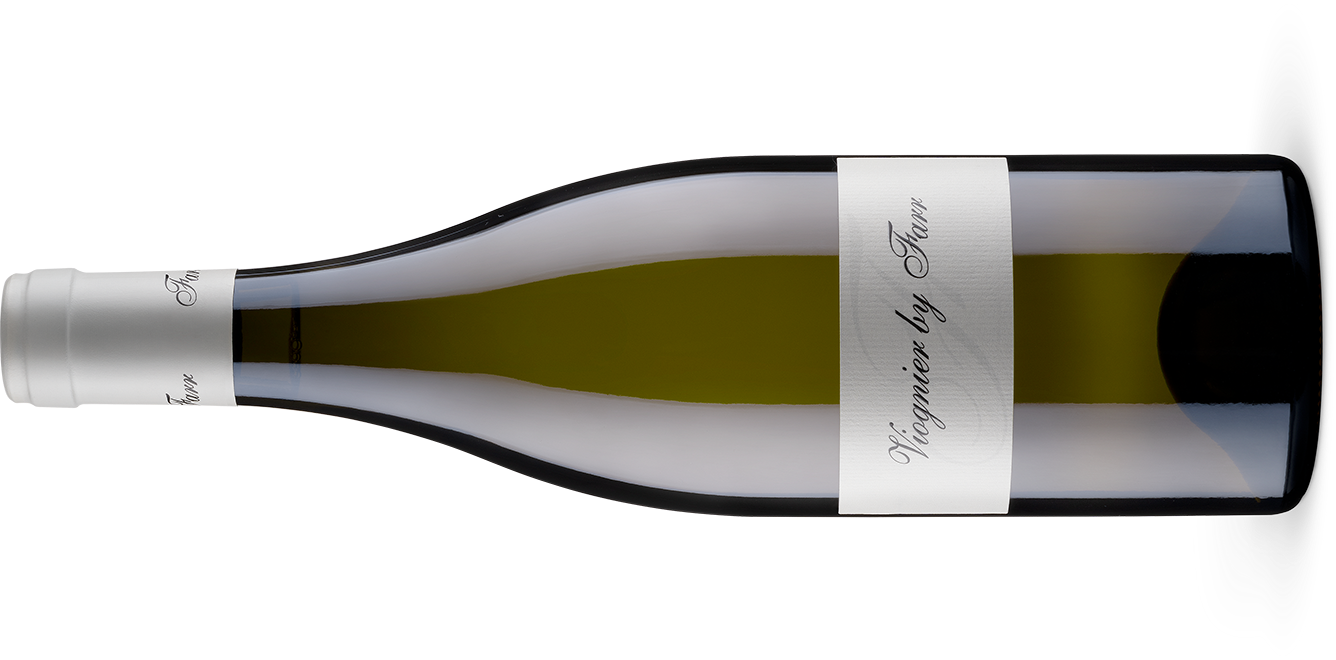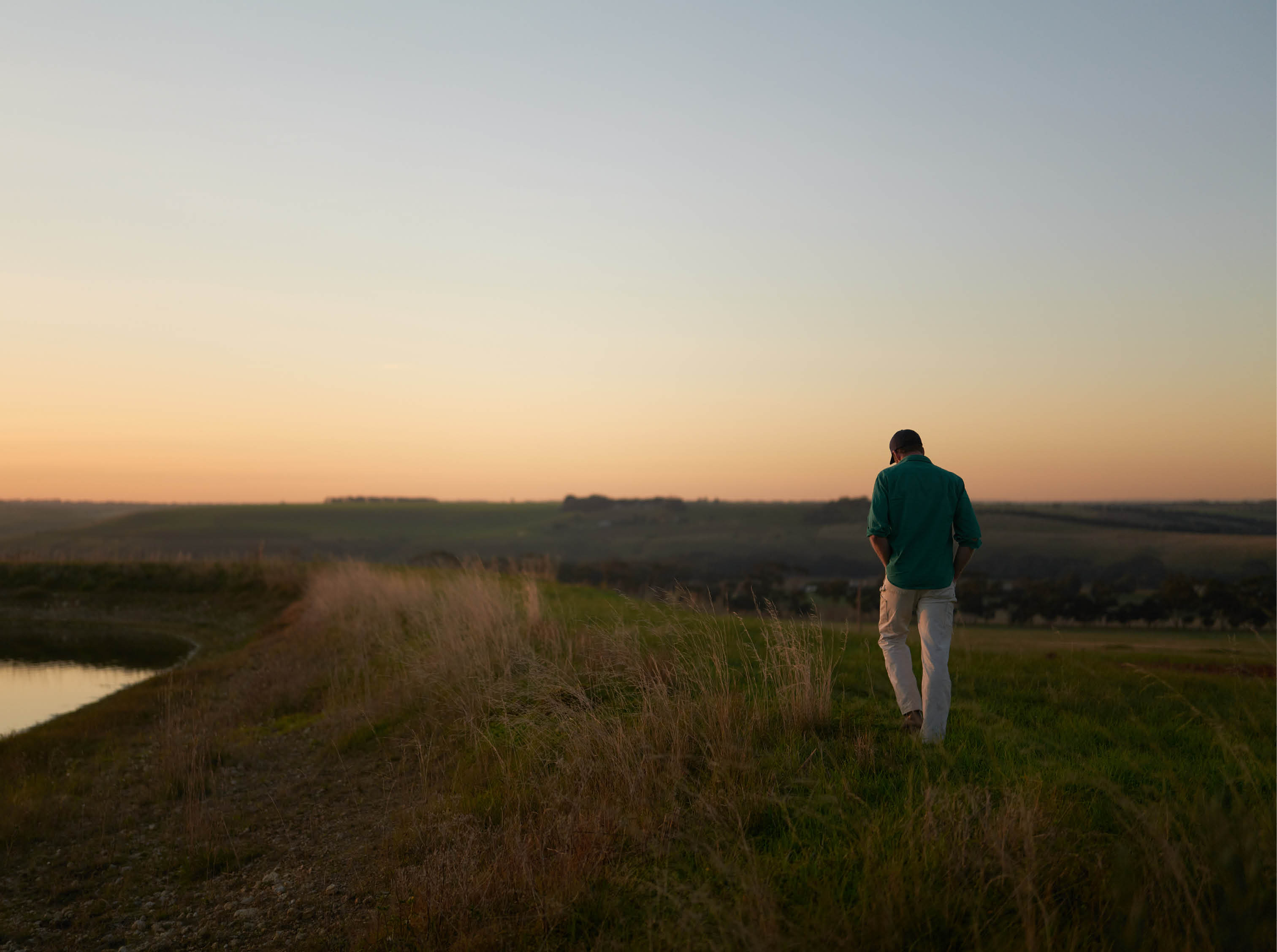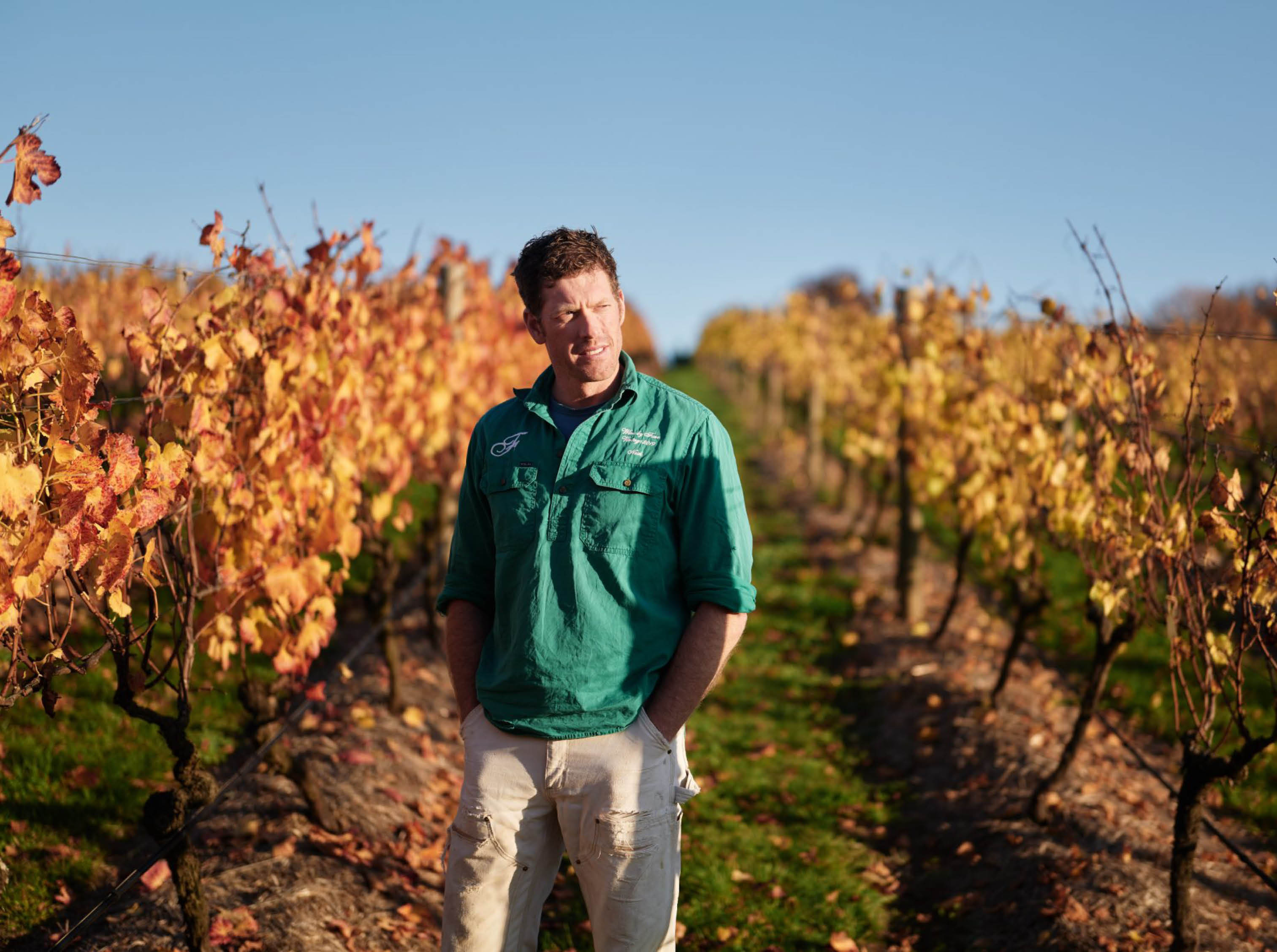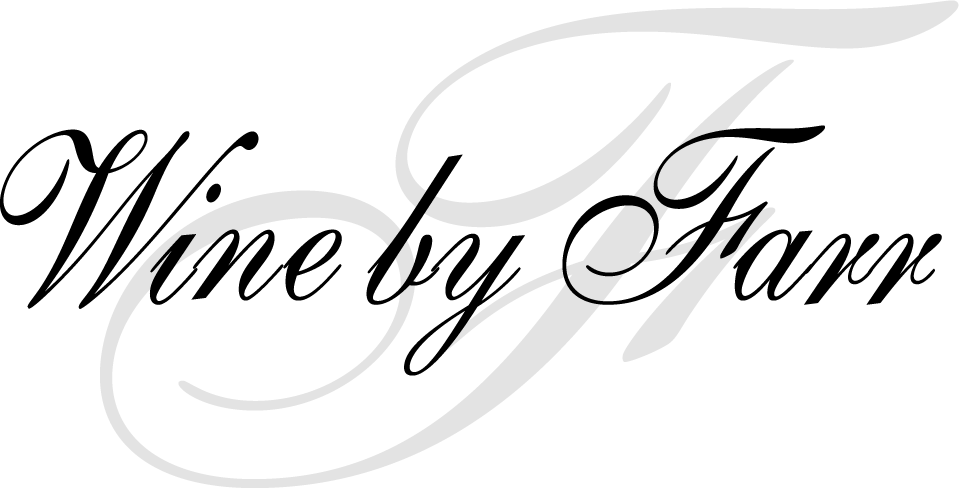
Vintage 2023 – by Farr
After three solid years of rain the team had hoped for some different growing conditions. Unfortunately not, a cool and wet Spring in 2022 meant that there was server disease pressure and constant canopy management required up until Christmas. Because of the two previous growing seasons the team was well aware of what was required and did an amazing job once again.
Crop levels certainly seemed below average because of the cool and windy conditions, particularly in the chardonnay sites.
With frequent rain events throughout January and early February the ripen period was making little progress until we finally saw extended days into weeks of dryer and warmer weather. The welcome relief started to show us signs of delicate, super fine flavours, driven by high acidities.
Our first day of picking was set for the 16th March, we decided to hedge our bets and pick a little Chardonnay from the Cooper block and a couple of ton of Pinot from the Windmill block. With acidity still quite high and looking for balance of flavours we decided to not pick again until the 20th March. We harvested our last fruit in Bannockburn on the 6th April, and Irrewarra fruit on the 14th April.
All in all we are excited about the fruit that we grew and the wines they are becoming yet it is the smallest vintage since 2002.
2023 by Farr Viognier

The By Farr viognier consists of a blend of fruit from two vineyards. The first is the original house block, planted in 1994, which is friable red soil over limestone leading to sandstone—similar soils to the Sangreal pinot noir and By Farr chardonnay. The second vineyard is a younger planting of unknown clones in red ironstone soil. The viognier is a difficult variety to manage as it has a tendency to grow horizontally rather than vertically, needs a lot of water and can become sunburnt very easily. Because of this we have decided to pick the fruit earlier in the past few years in order to retain its natural acidity, ensuring we maintain varietal character and creating a more delicate and refined wine.
Vinification
Viognier is foot stomped and left for two or more hours on its skins to extract the phenols, flavour and texture. The fruit is then pressed, cooled and put straight into barrel with all solids for a natural fermentation. Gentle stirring during the end of autumn encourages malolactic fermentation, which softens the finish by converting the tart malic acid to lactic acid. The wine is then racked, fined and filtered. It is ready to be bottled 11 months after harvest.
Tasting Notes
A lovely perfumed, yet subtle expression of viognier. Fresh peach and apricot flavours as a young wine, which we believe will intensify over time. The palate is restrained, luscious and shows a ginger-flavoured freshness with underlying power and lingering aftertaste. This wine benefits beautifully from 12 months of bottle ageing, as the acid softens.
Tasting notes by Ben Knight (Ben and Wine)
"How would you describe a wine that was a blueprint for its variety yet sat quietly in the glass? The volume of wine can be influencing to the drinker, but volume alone isn’t quality. Maybe a reference to a perfect set of speakers playing your favourite song with the volume low? It’s obviously Viognier, the aroma is apricot with benefits, spice, ginger and citrus. The palate is silky. The ’23 Viognier has some weight, but is better to think of this as velvet, not blousy. The acid makes this wine even better, as Viognier has a pre-existing condition leaning towards more robust than is sometimes wanted, but this wine avoids it. Viognier is hard to pronounce (Vee on Yeah for future reference) and may not be the first thing you think about when you recall the wines from By Farr, but this is every bit as legendary as any from here, and it’s just an absolute pleasure to drink."
2023 by Farr Chardonnay

The By Farr chardonnay comes from the same site as the Sangreal pinot noir—composed of red soil over limestone—and was planted in 1994. The limestone of this site is not exposed on the surface as at other sites. The limestone starts 20 to 30cm below the surface, to the depths of the root zone of the vines. It is a very exposed north-facing slope. The clones used for the chardonnay are a mixture of Dijon clones and Penfolds 58.
Vinification
The fruit is hand-picked then whole-bunch pressed in the winery. All the solids are collected and chilled before being put to barrel, which are 30 per cent new French oak. A natural fermentation will occur at cool temperatures over the next one to two months, and then a small amount of stirring helps start malolactic fermentation. The wine is then racked, fined and lightly filtered before bottling 11 months after picking. A very mineral site for chardonnay.
Tasting Notes
The trademark characteristics of the wine produced on our site are understated power and length with a mineral finish. The wine has a great fruit expression that is well integrated with French oak. The soil characteristics have come through in the style of wine we have today. The palate is fine but firm, with great acidity, texture and length. This wine is rich in flavour, yet very refined.
Tasting notes by Ben Knight (Ben and Wine)
"The perfect chord. Well maybe not perfect, as there are so many variations of chords, but when they sound so beautifully balanced, top notes and bass notes, just right. Perfect for me, perhaps is the better way to describe it. Describing beautiful wine is difficult, it is often linked to emotion rather than an equation, but when you taste it, it becomes obvious. The fruit is ripe, but not canned peachy stuff, ripe as though you took something from the vine at just the right moment, not a moment too soon or too late. I’m tasting this wine at ‘room temperature’, so maybe 13 degrees or so. Fruit expression, crushed rock, nuttiness, they sound like weird bedfellows, but they fit together so well. The epitome of balance. Saying more only takes away from what is just brilliant Chardonnay."

Vintage 2022
The 2022 vintage was dictated by the third consecutive wet Winter into Spring. With high hopes of an average or greater fruit load due to slightly warmer soils leading up to bud burst, then flowering we hoped to take advantage of the ample moisture in the soil.
The storms and humidity don’t ease until late January but the team was able to keep the canopies open and the fruit healthy until the disease pressure eased. The season turned come February and the berries developed significant colour and depth of flavour by March.
We started picking a little Pinot and Chardonnay’s mid to late March and took full advantage of the long and mild season that has resulted in layered and great site expressions regardless of variety.
All in all the crop level was of the norm, average tonnages and the fruit extremely healthy. Credit to the team once again as the ferments where very expressive and show the potential to have come to expect of a season with a drying and cool evenings end.
The whites have tension while lush in fruit characteristics. While the reds are building in complexity with every month they are left in barrel.
2022 by Farr Farrside Pinot Noir

The Farrside vineyard sits on a northeast-facing slope and consists of limestone topped with black volcanic soil. The vines were planted in 2001 and run east-west to protect the fruit from overexposure to the sun. The clones are a mixture of 114, 115, 777, 667 and MV6. Even though the Farrside and Sangreal vineyards are only 300 metres apart, the darker soils and cooler growing conditions of the Farrside vineyard mean these grapes are picked 10 to 12 days after all others and produce a more masculine and edgy wine.
Vinification
The fruit is hand-picked and sorted in the vineyard, then fermented in an open-top fermenter. Between 40 to 50 per cent of the fruit will be stemmed and then cold soaked for four days. We use only the natural yeast for the fermentation process, which takes roughly 12 days. Grape-stomping (known as pigeage) will occur two to three times a day depending on the amount of extraction required, and the wine is then placed in 50 to 60 per cent new Allier barrels by gravity. It is racked by gas after secondary fermentation, then again at 18 months to be bottled.
Tasting Notes
Each vintage of Farrside pinot noir exhibits more masculinity, structure and savoury components, while deep meaty, spicy and mineral flavours also continue to evolve. A balanced array of red and black fruits, Farrside pinot noir is fresh and edgy with bucketloads of character. This is a firm yet delicate wine with a long-textured finish.
Tasting notes by Ben Knight (Ben and Wine)
"A pitch perfect Farrside. Darker spice notes and bright spicy fruit. There’s real intensity on the nose, it’s vibrancy almost underplays the density of this wine. The palate has smart oak integration and just sits in front of the cherry and tang of the fruit expression. Great acidity gives the wine wonderful tension too. There’s a tightly coiled nature to this wine, a feeling that it’s just holding form, waiting to open up down the track. It’s bristling with savouriness and has layers of complexity."
2022 by Farr Sangreal Pinot Noir

The Sangreal vineyard was planted in 1994, making it our oldest vineyard. It lies on a north-facing slope and the soil composition is bluestone and overlaying limestone, with red ironstone colouring the surface. This is unlike our other vineyards, which are mostly black volcanic soil with heavy amounts of limestone on the surface. The vine rows run north-south, receiving full sun exposure throughout the day, resulting in more perfumed, prettier wines. This is always the first vineyard to be harvested. The clones used in Sangreal are 114 and 115, which we believe have mutated over time to become the ‘Sangreal clone’, now within its own microclimate.
Vinification
Sangreal is consistently made with 70 per cent whole bunch and aged in 70 percent new oak. It is fermented in a five-tonne oak barrel with an open-top fermenter, and cold soaked for four days before a natural fermentation of seven to nine days. Once the cap falls, the tank is pressed. The wine is racked only once after malolactic fermentation, then sulphured and bottled, the entire process taking a total of 18 months. The wine is unfined and unfiltered in order to retain its natural flavour and bouquet. Sangreal is the most seamless and perfumed of the three single-vineyard pinots.
Tasting Notes
Each year the same descriptive notes come to mind for this wine: seductive, perfumed, seamless balance and moreish. It is a site that wavers very little in more difficult vintages and excels in the great ones—this is the backbone of By Farr wines. The alluring characters of this vineyard, combined with red fruits, whole bunch, acidity and oak, have produced a beautifully interwoven expression of site and vintage. That’s what it’s all about.
Tasting notes by Ben Knight (Ben and Wine)
"This wine has quite an intense nose on opening, seemingly angular, but it softens quite quickly. The ’22 Sangreal is garnet in the glass, offering a decidedly pretty visual. There’s a confident yet restrained perfume as expected from this site, and it works in tandem with more forward stemmy notes; a welcoming and expected house style. There is a silky element to the Sangreal’s palate, maybe just a perception of smoothness after trying other wines. The nose has a warmer spice note, more clove or nutmeg, but nothing so precise as either of those, just the comforting warmth of high-end oak. Lovely acidity, not overbearing, incredibly fine tannins make this perhaps too easy to drink, but that’s surely the point. It is all too easy to become non plussed when you see these wines often, so I find it helpful, or perhaps the better description is feeling grounded, to try other Pinot Noir and see just how far from ‘normal’ these wines are."
2022 by Farr Shiraz

Shiraz fruit comes from the original By Farr vineyard, planted in 1994. It lies on a north-facing slope, and the red volcanic soil has a base of limestone with deep-set sandstone.
Vinification
All fruit is hand-picked from the VSP trellising, with 20 per cent left as whole bunches in the fermentation. Most years we co-ferment between 2 and 4 per cent viognier with the shiraz, the date determining whether or not the former is co-fermented and bled back. It is a natural fermentation, with the fruit remaining in the tank for 19 days before pressing. Shiraz sees 18 months in French oak, 20 per cent being new, and is bottled under vacuum.
Tasting Notes
A powerful nose, with the depth and complexity of cool-climate shiraz. This wine is spiced with pepper and mineral elements, leaning towards earthy. The co-fermented viognier adds a little richness to both the bouquet and palate, which has a very pleasant sweetness to start, followed by intense fruit and earthy long tannins to complete the delicate structure and overall elegance of the wine.
Tasting notes by Ben Knight (Ben and Wine)
"At the risk of sounding over the top, this wine is impeccable, maybe a little more acid than Australian consumers want in their Shiraz, but that is perhaps their issue! This is so un-Australian in style it’s not funny. Although there are some wineries that can do it, it’s incredibly uncommon. And by ‘doing it’, I mean getting the grapes to be ripe but not overdone, the spice and all that good stuff obvious without being green, and acid that lets you need another glass, every sip revealing something a little better than the last. The nose takes about two seconds to hit you, dense plum and black cherry, black olive, white pepper and something chocolatey. That’s obviously too many things to mention, and reading it makes it sound too muddled, but in the glass it is captivating. I can see through the wine, but there’s a telltale ruby rim. The palate is similar to my aroma notes, almost too many flavours to mention, but it has a creaminess and lovely baked goods element too. Maybe that’s just the Malo. Whatever it is, with the way the acid is present too, it’s so good. Beautiful wine."
 (Nick Farr - Farr Rising / www.byfarr.com.au)
(Nick Farr - Farr Rising / www.byfarr.com.au)
New release enquiry


